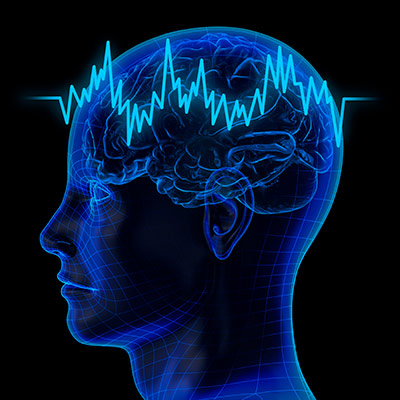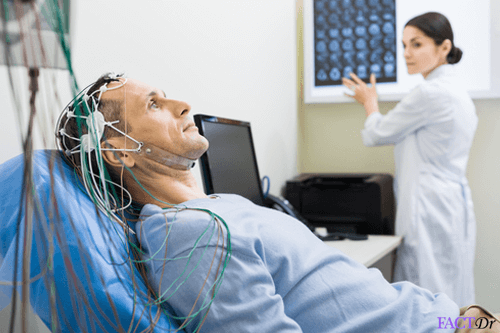



He measured the signals through holes drilled into the skulls. In 1875 an English physician, Richard Caton, discovered electrical signals in the brains of animals. The recording is shared with neurologists, physicians, and surgical teams to help them identify and treat patients for a variety of conditions including physical injuries, stroke, tumors, epilepsy, sleep disorders, and congenital and degenerative disorders and diseases. The latest systems use sophisticated computer technology to amplify the electrical activity to create a detailed recording of the brain’s activity. They attach a series of metal electrodes to a patient’s scalp to detect the small electrical charges that are passed by the nerve cells. Neurodiagnostic Technologists and Technicians use the modern medical equipment to monitor how well a person’s brain is functioning. The recording is known as an electroencephalogram. Neurodiagnostic professionals use an electroencephalograph, a medical device that records the brain’s electrical signals, to create a picture of the electrical activity and health of the brain. These electrical signals change when the brain is damaged from injury or illness.Įlectroencephalography is the recording and study of these electrical signals. These signals are passed from nerve cell to nerve cell to transmit information. Every thought, feeling, sensation, memory, motion, action and reaction happens because nerve cells in our brains produce tiny electrical signals.


 0 kommentar(er)
0 kommentar(er)
